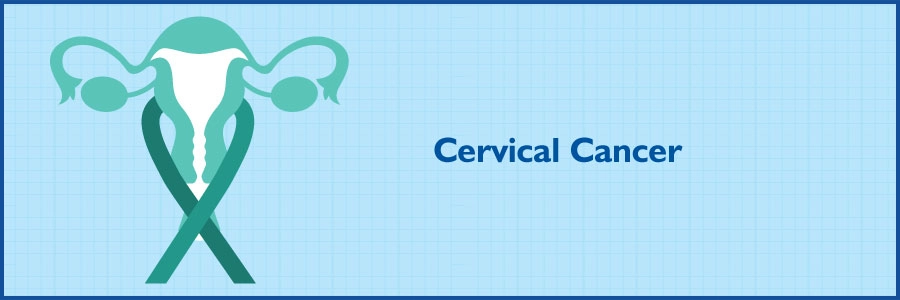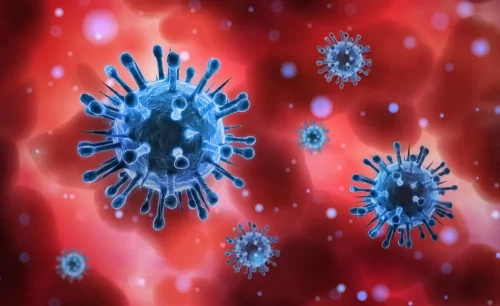Human Papillomavirus (HPV) is the most common sexually transmitted infection worldwide, with over 100 different types, some of which are linked to cervical cancer.
Cervical cancer remains a significant global health concern, but through understanding the link between HPV and cervical cancer and promoting early detection, we can take proactive steps to prevent and treat this disease.
In this article, we delve into the connection between HPV and cervical cancer, highlighting the importance of early detection and preventive measures.
Understanding the Link between HPV and Cervical Cancer:
HPV is a group of viruses that infect the skin and mucous membranes, most commonly HPV transmission through sexual contact.
While the majority of HPV infections are harmless and resolve on their own, persistent infection with high-risk HPV types, particularly HPV 16 and 18, can lead to the development of cervical cancer.
HPV infects the cells of the cervix, causing changes that can progress to precancerous lesions and, eventually, invasive cervical cancer.
These changes typically occur over several years, highlighting the importance of early detection and intervention.
Promoting Early Detection through Screening:
- Cervical cancer screening plays a crucial role in detecting precancerous changes and early-stage cervical cancer, allowing for timely intervention and treatment. The two primary screening methods for cervical cancer include:
- Pap Smear (Pap Test): During a Pap smear, a healthcare provider collects cells from the cervix and examines them under a microscope for abnormalities. Pap smears can detect precancerous changes in cervical cells, enabling early intervention to prevent the development of cervical cancer.
- HPV Testing: HPV testing involves detecting the presence of high-risk HPV types in cervical cells. HPV testing can be performed alone or in conjunction with a Pap smear (co-testing) and is recommended as part of cervical cancer screening for women aged 30 and older.
The Role of HPV Vaccination in Prevention:
HPV vaccination is a highly effective strategy for preventing HPV infection and reducing the risk of cervical cancer.
The HPV vaccine protects against the most common high-risk HPV types, including HPV 16 and 18, which are responsible for the majority of cervical cancer cases.
Vaccination is recommended for both males and females, ideally before the onset of sexual activity, to maximize its effectiveness in preventing HPV-related diseases, including cervical cancer.
Empowering Women with Knowledge and Resources:
Empowering women with knowledge about HPV, cervical cancer, and the importance of screening and vaccination is essential for promoting early detection and prevention.
Healthcare providers play a critical role in educating patients about HPV and cervical cancer, discussing screening options, and addressing any concerns or misconceptions.
Additionally, access to affordable and culturally sensitive healthcare services, including HPV vaccination and cervical cancer screening, is essential for ensuring equitable prevention and treatment opportunities for all women.
Conclusion:
The link between HPV and cervical cancer underscores the importance of proactive measures such as screening, vaccination, and education in preventing this disease.
By promoting early detection through regular Pap smears, HPV testing, and vaccination, we can reduce the burden of cervical cancer and improve outcomes for women worldwide.
Through continued research, advocacy, and access to healthcare services, we can work towards eliminating cervical cancer as a public health threat and ensuring that all women have the resources and support they need to maintain optimal cervical health.
Also Read: If You Have Kidney Problem, Then Know The Symptoms Of Kidney









